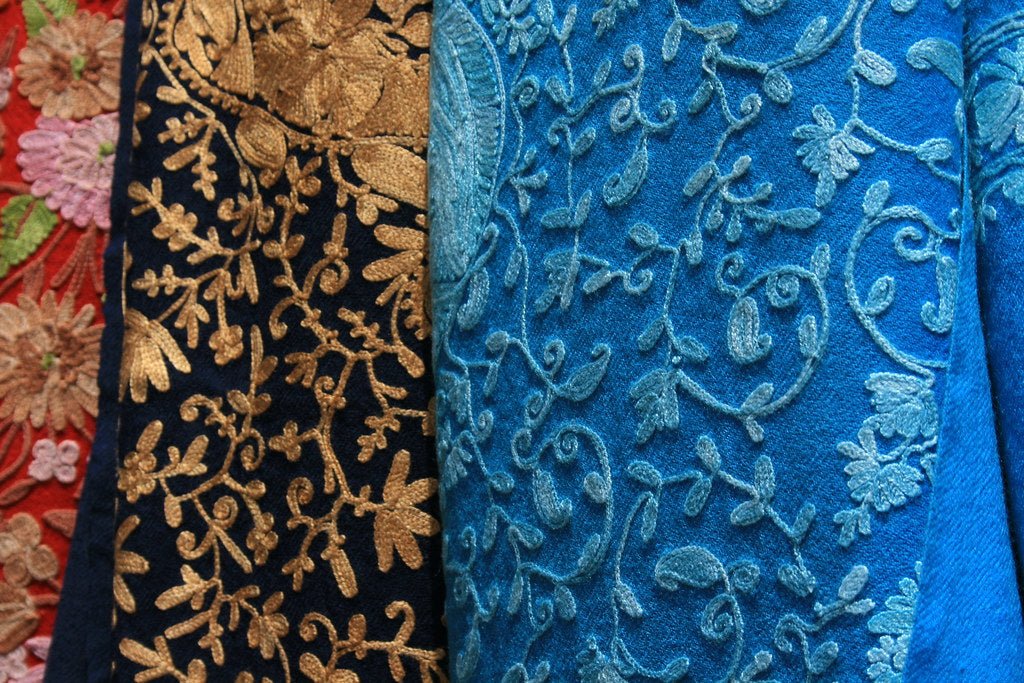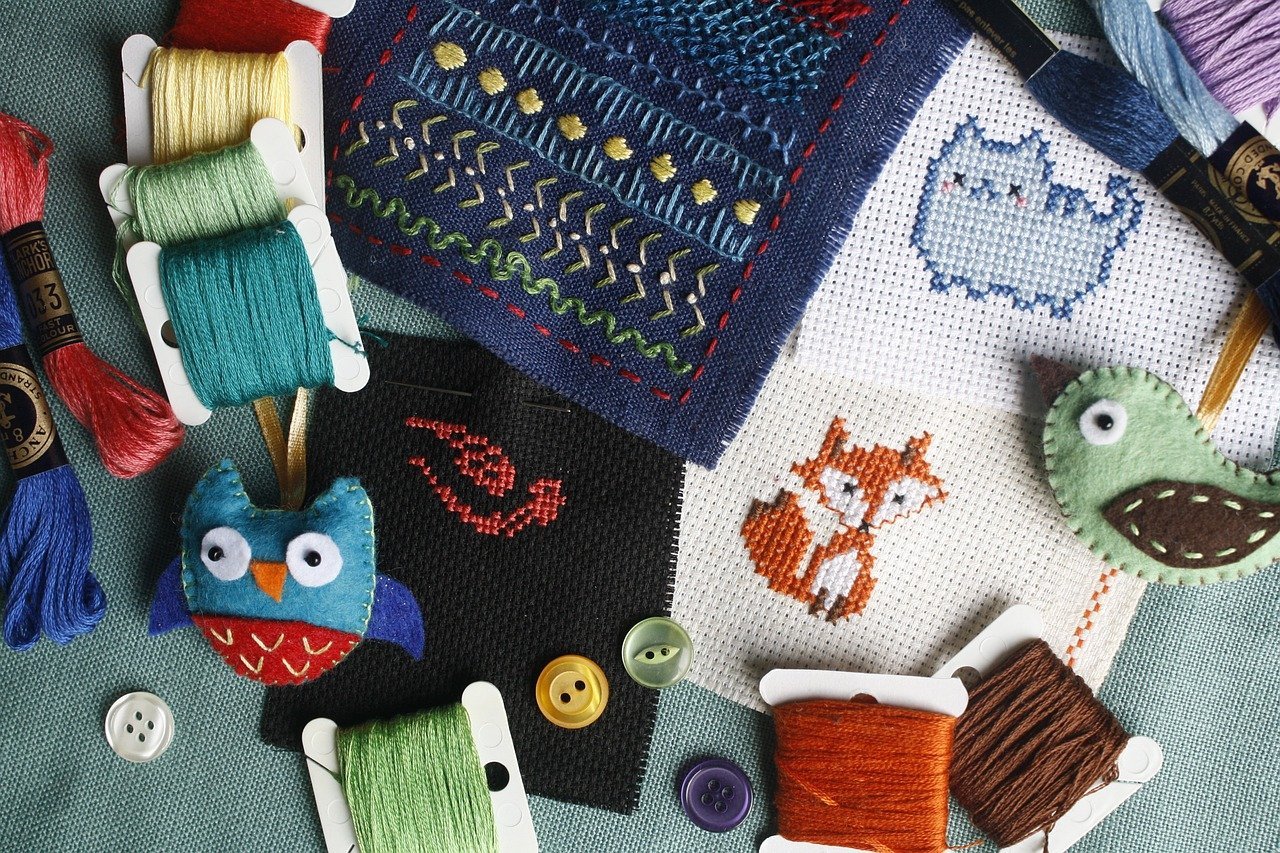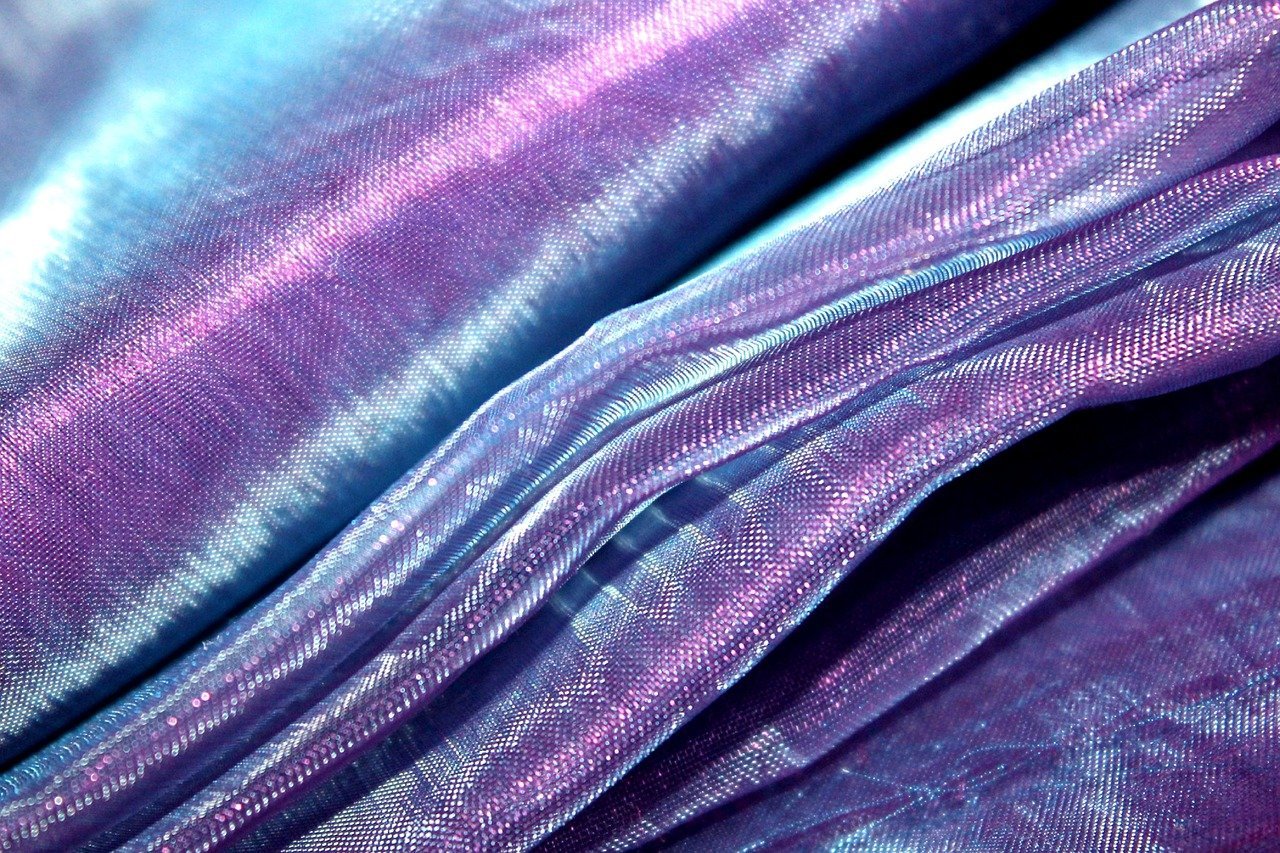By embroidering, you create complex designs using needlework to decorate cloth. As an adorning feature, embroidery can be defined as stitches on fabric or other materials, and can use threads, threads, or yarn, stranded with a needle and in order to embellish them. In addition to motifs, patterns, and stitching, embroidery may include other materials such as beads, sequins, pearls, etc. Embroidery is an art form that often involves patterns, abstract designs, and beads. Based on the embroidery fabrics foundation and whether the embroidery is stitched through or on top of the fabric, embroidery varies.
Embroidery in India varies according to the region and material used and consists of a wide range of embroidery styles. The eloquent tradition of embroidery fabric persists in India. The states and regions of India each have their own style. Fabrics aren't just decorated with needlework; community stories also adorn them, such as motifs that are drawn from their environment, religious texts, or economic situations. It is no surprise that many embroidery stitches derive from earlier textile, basketry, weaving and mat making methods, where stitches were used to bind pieces of fabric or skin for well-defined ornamental purposes.
Originating in China, it developed in the 3rd century. The existence of needlework, which later formed embroidery technique, can be confirmed by archaeological finds dating back to 2000 BC, such as needles and embroidered fabrics. Emperor Akbar was keenly interested in textile aesthetics, which allowed it to grow to remarkable levels in the 16th Century.
The design of embroidery material helps to make fabric more attractive through beautiful thread work. From ancient times, women have been creating excellent delicate embroidered garments. It can be traced back to the Indus Valley Civilization and sculptures in India that date back to the sixteenth century.
There is a wide variety of embroidery types in Iran due to its diversity of people and customs, such as decorating cotton, silk, wool and velvet clothing with different stitches and colors making the garment too pretty and appealing. There are many museums in India and Western countries that exhibit hand-spun and hand-woven textiles made by Indian artisans. They are world renowned for their craftsmanship and skill. Indian textiles and embroidery fabrics were appreciated by many visitors, poets, travelers, and tourists. As of the early 20th century, India was a vast area with three countries: Bangladesh, Pakistan, and India. Since that time, it has been carved into three separate countries: India, Pakistan, and Bangladesh.
Despite the establishment of national borders, embroidery art is similar throughout the subcontinent due to the natural migration of people. The Indian subcontinent held a pivotal position on ancient trade routes, providing an opportunity to bring cultural and religious influences from other countries to the subcontinent. There was a westward mobility of trade and influence from Iran (Persia), Afghanistan and the Aegean Area. China produced rich textiles along the ancient silk roads, notably the old Silk Road.
India has a very extensive coastline, enabling trade with many countries for hundreds of years, including Portugal, Holland, France and Britain. With apparent effects on Indian culture and crafts, they became invading forces rather than trading partners. Embroidery fabrics and other textiles have been exported in large quantities from Bengal and Gujarat for centuries due to European Trading Companies. State-wise embroideries are not imitated by other embroideries. Considering the wealth of indigenous textile material, local fabrications of clothes and accessories, influences from ecology, customs, festivals, deities, occupations, skills, preferences, belief systems, and a flare for motifs, stitchery, threads, and so on, all contributed to this. Nevertheless, localities are responsible for creating embroidery's unique expression, which was pioneered by them. Furthermore, according to the people who display and execute them, all these types of embroidery fabrics can be divided into Rural, Folk, Elite, and Tribal embroidery.
It is clear that fashion is moving from one place to another, and from one person to another, constantly changing. The traditional embroidery of a given state has not been touched by this change. Modern textiles are characterized by a constant use of traditional motifs, colors, and techniques. Today's textiles and fashion designing usually use designs (motifs) that are natural, stylized, and geometric, taking inspiration from their traditional counterparts.



Leave a comment
This site is protected by hCaptcha and the hCaptcha Privacy Policy and Terms of Service apply.